The False Promise of "Improving" Automotive History
There is a sickness spreading through the classic car world, an insatiable urge to "upgrade" irreplaceable pieces of automotive history into something they were never meant to be. What began as a pragmatic approach to modernizing rough project cars has metastasized into full-blown cultural vandalism, where perfectly preserved survivors are gutted, drilled, and welded to accommodate the latest crate engines and aftermarket suspensions.
The restomod industry will tell you this is progress. That stuffing an LS into a numbers-matching 1969 Camaro or grafting a Hellcat drivetrain into a 1970 Challenger is simply "making old cars better." But this isn’t improvement; it’s erasure. It’s the automotive equivalent of painting over a Rembrandt because you prefer brighter colors.
We are losing something vital with every survivor car that gets turned into just another restomod clone: authenticity. And once it’s gone, no amount of horsepower can bring it back.
See also:
The Economics Of Destruction: How Restomods Fuel A Scarcity Crisis
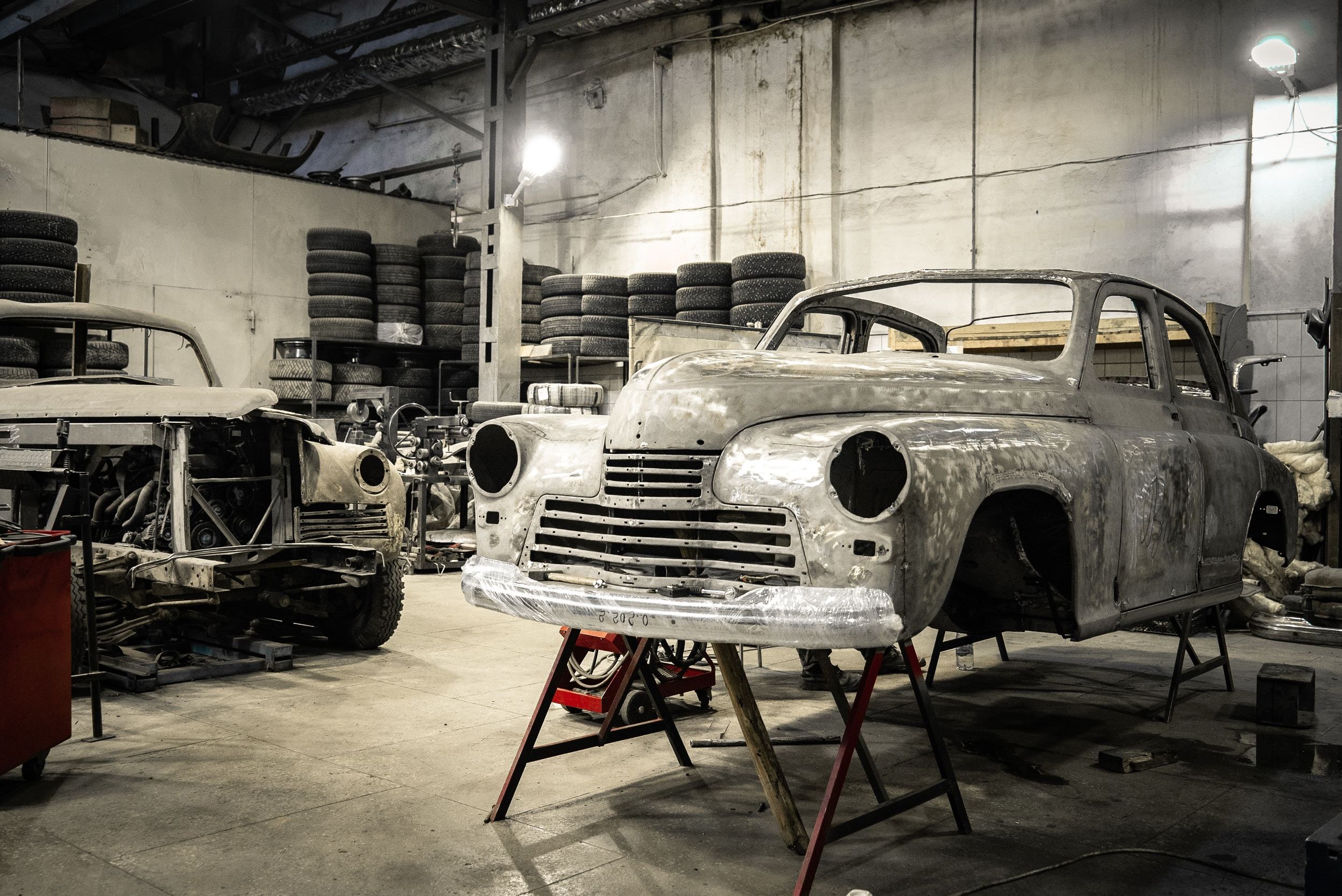
The restomod boom isn’t driven by passion; it’s driven by profit. A numbers-matching 1967 Corvette 327/350hp in original condition might sell for $80,000. That same car, butchered into an LS3-powered restomod with a chopped-up frame and aftermarket gauges suddenly become a $200,000 build.
Singer Vehicle Design has perfected the art of restomodding vintage Porsche 911s, blending classic aesthetics with modern performance. Their builds often sell for over $1 million.
This financial incentive has created a feeding frenzy. Hunters scour auctions, barn finds, and private sales for untouched survivors, not to preserve them, but to strip them of their originality in pursuit of higher resale value. The result is that genuine survivor cars are disappearing at an alarming rate.
Unrestored originals are now rarer than restomods in some categories, and future generations will only know these cars as modified interpretations, not as they truly were.
The most tragic part is that many of these builds are medicore at best. For every well-executed restomod, there are a dozen hack jobs where butchered wiring, poorly fitted panels, and questionable engineering choices permanently ruin what was once a pristine example.
The Myth Of "Drivability" Justifications
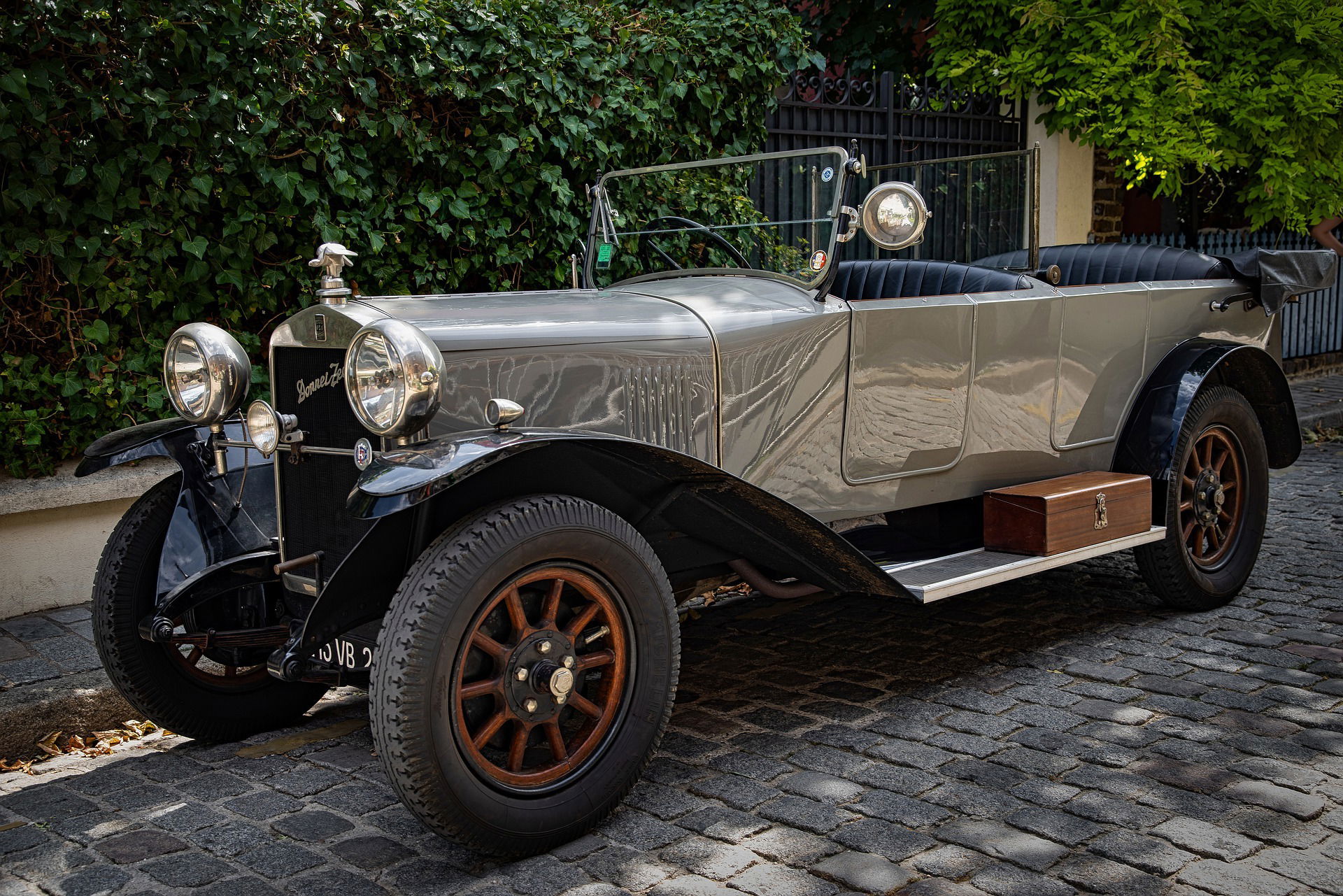
Restomod advocates love to claim classic cars "need" modern upgrades to be usable. That a 1965 Mustang is "undriveable" without fuel injection, or that a 1970 Chevelle is "dangerous" without ABS.
This is nonsense.
Millions of people drove these cars daily when they were new—without airbags, without stability control, and without 600 horsepower. The truth is if you can’t handle a classic car in its original form, you shouldn’t be driving one.
The drivability argument is just an excuse for laziness. Mastering a vintage car, understanding its quirks, respecting its limits, and appreciating its raw, unfiltered experience, is part of the ownership journey. Turning every classic into a watered-down imitation of a modern performance car defeats the entire purpose.
The Cultural Amnesia Of Restomodding
Cars are time capsules. A numbers-matching 1969 Z/28 Camaro isn’t just a vehicle. It’s a preserved moment in engineering history. Its carbureted small-block, its four-speed Muncie transmission, its factory-tuned suspension—these are artifacts of a specific era.
When you restomod a car, you aren’t just changing parts. You’re rewriting history. Future enthusiasts will never hear the lumpy idle of an original L78 big-block. They’ll never feel the mechanical feedback of a true vintage steering box. They’ll only know these cars through the distorted lens of restomods; soulless hybrids that are neither true classics nor true moderns.
We don’t "upgrade" vintage watches with quartz movements. We don’t "improve" antique furniture with IKEA hardware. Why are classic cars treated differently?
The Right Way To Restomod: Start With A Basket Case
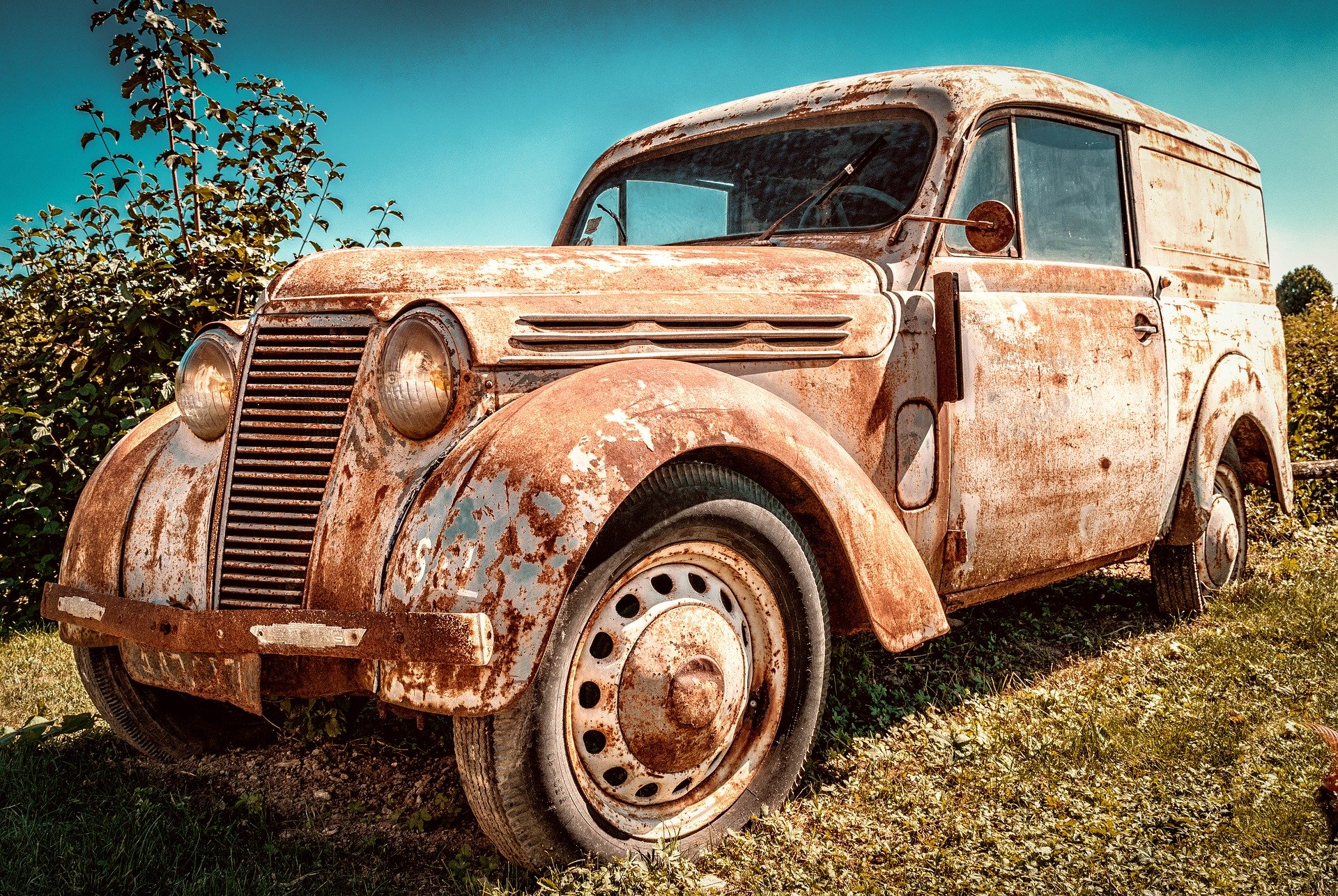
None of this means restomods are inherently evil; only that they should be done responsibly.
If a car is already modified beyond recognition? Restomod away. If it’s a rusted shell with no original drivetrain? Go wild. If it’s a rare, numbers-matching survivor? Leave it alone.
The problem isn’t restomods themselves; it’s the destruction of preserved history to create them. There are thousands of project cars and rusted hulks begging for new life. Targeting clean, original survivors isn’t resourcefulness. It’s cultural vandalism.
The Coming Backlash – And Why It Matters
The tide is already turning. As true survivors become scarcer, collectors are realizing their mistake.
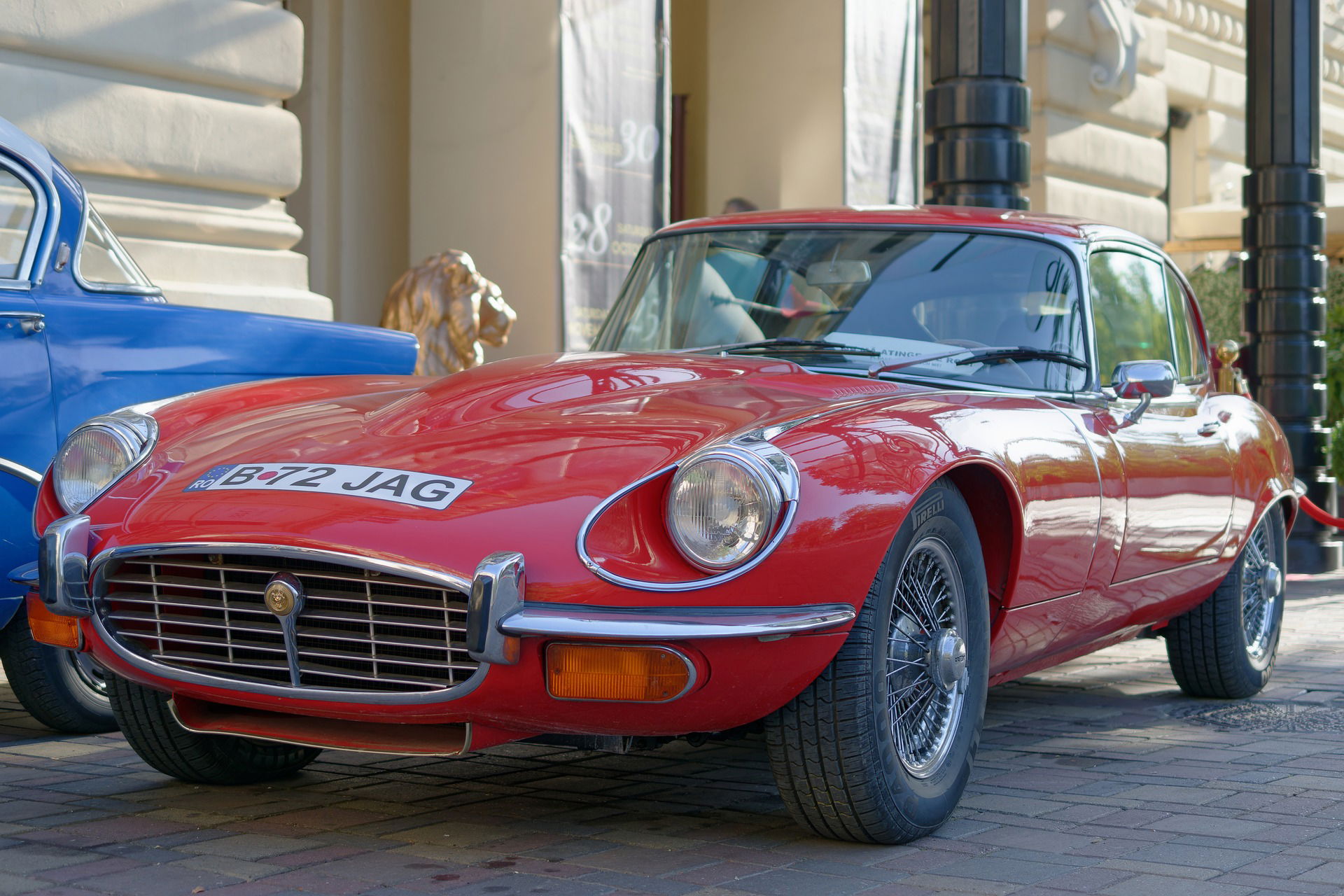
The collector car world is experiencing a quiet but seismic shift, one that threatens to expose the restomod craze for what it truly is: a speculative bubble built on the destruction of irreplaceable automotive history.
A decade ago, Barrett-Jackson’s televised auctions made restomods the darlings of the market. LS-swapped ’69 Camaros and pro-touring ’57 Chevys commanded six-figure prices, while original, unrestored survivors languished in the background. But the numbers tell a different story today.
Hagerty Media reported that original, preserved vehicles sometimes exceed the values of concours-quality restorations. A notable case was a 1962 Mercedes-Benz 300SL roadster, which sold for $951,500, while a restored 1956 300SL Gullwing—typically valued higher—fetched $858,000.
Similarly, a 1963 Shelby Cobra 289 with minimal modifications sold for $467,500, aligning closely with the price of a fully restored version. The trend suggests that collectors increasingly value originality.
See also:
Why the reversal?
Provenance matters more than ever. In an era of replicas and tribute cars, buyers crave verifiable originality. Restomods have no historical narrative. A ’67 Shelby GT500 with its original 428 is a time capsule. That same car with a Coyote swap is just another hot rod.
The best restomods age poorly. Technology moves fast: Today’s cutting-edge LS3 will look as dated as a 2007 navigation system in 20 years.
The Rise Of The Preservation Class
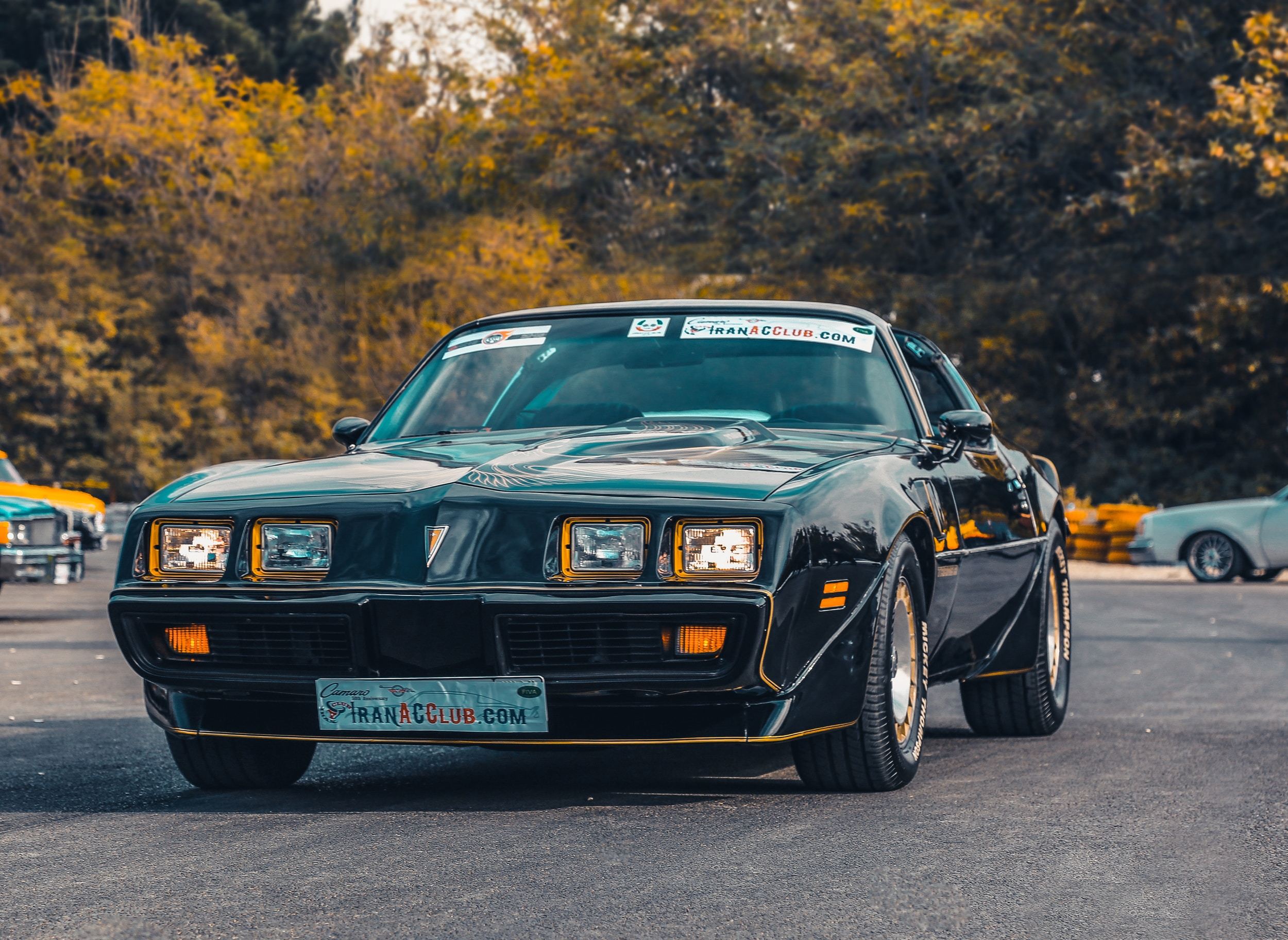
The most telling indicator of this shift is the booming market for Barn Find Survivors, cars untouched by restomod mania. Once dismissed as "dirty" or "unrestored," these time-warp vehicles now command staggering premiums.
A one-owner 1963 Corvette split-window, still wearing its factory paint and interior, sold for $350,000 in 2023, triple what a restomodded version brought. Original, low-mileage muscle cars now routinely outperform their modified counterparts, even when the restomods have six-figure build receipts.
It's incorrect to see this as mere nostalgia. It’s market Darwinism. As truly original cars vanish, cut apart for restomods, the survivors become exponentially more valuable.
Interestingly, Millennial and Gen Z collectors aren’t falling for the restomod hype. Unlike baby boomers who grew up hot-rodding, younger enthusiasts view originality as the ultimate luxury. You could call it a documentary-driven demand, with shows like Jay Leno’s Garage and Barn Find Hunter celebrating preservation, not modification.
The growing respect for "worn but not restored" aesthetic ensure that patina is now prized over perfection, a rejection of the over-restored, over-modified look. Ethical collecting also play a role, as younger buyers increasingly see restomods as destructive, not innovative.
This generational shift is already reshaping the market. The most sought-after cars at Radwood events are unmolested, factory-correct ’80s and ’90s icons, not their LS-swapped counterparts.
The Inevitable Market Correction

Economics 101: When supply dwindles and demand rises, prices skyrocket. And the supply of true survivors is collapsing.
Estimates suggest fewer than 10% of 1960s muscle cars remain unmodified. Even "common" models like first-gen Mustangs now have fewer than 5,000 documented survivors worldwide.
As these numbers shrink further, two things will happen:
1. Unrestored originals will become unobtainable for all but the wealthiest collectors.
2. Restomods will depreciate*l as the market realizes they’re just customized cars, not true classics.
We’ve seen this before. In the 1990s, restored Porsches and Ferraris sold for more than originals. Today? Unrestored, patinaed examples command 300% premiums. The same fate awaits the restomod market.
A Warning To The Butchers
To those still cutting up survivors: History won’t judge you kindly. The cars you’re "improving" today will be seen as lost artifacts tomorrow.
The market is already turning. The question is, how many irreplaceable pieces of history will we lose before the restomod bubble bursts? Original, unrestored cars are now outperforming restomods at auction. Preservation-focused buyers are paying premiums for unmolested examples.
The next generation of enthusiasts is craving authenticity over horsepower. The market will correct itself eventually, but not before we lose countless irreplaceable cars to the restomod trend.
A Plea for Sanity
To the builders and buyers fueling this trend: Ask yourself, what are you really preserving?
A restomodded ‘69 Camaro with an LS3 isn’t a ‘69 Camaro anymore. It’s a modern car wearing classic sheet metal. The soul is gone. If you want a modern performance car, buy one. If you want a classic, respect what makes it classic.
The future of car culture depends on it.